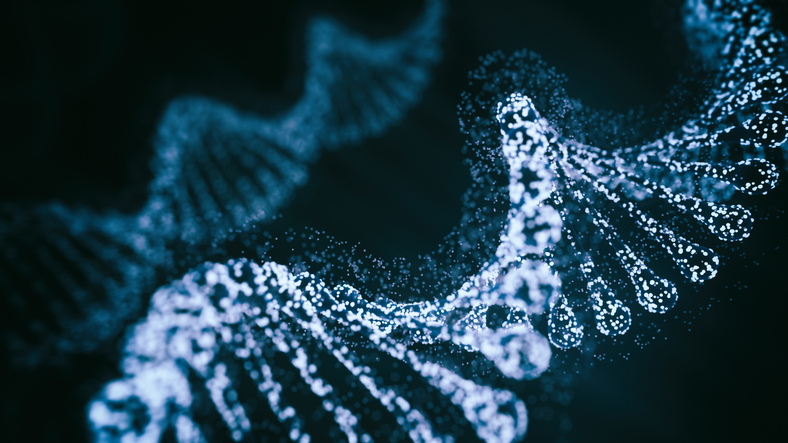The origin of life that first appeared on Earth is one of the mysteries that scientists around the world have not yet discovered. However, research has been published that supports a surprisingly new perspective on how the first life originated on Earth.
It proved that a simple compound called DAP, which existed on Earth even before the first living organisms, can chemically bind DNA components (deoxynucleosides) into strands of primitive DNA.

Research has been published that supports a surprisingly new perspective on how the first life on Earth came into being. ⒸGetty Image Bank
The discovery by Scripps Laboratories in the United States draws attention in that DNA and RNA came together as products of similar chemical reactions, raising the possibility that the first self-replicating molecules were a mixture of the two. It is also significant in that it provided a broader direction for how the mixture of DNA and RNA capable of self-replicating evolved and spread on the primitive Earth, and could become the’seed of mature life’ of today.
“The discovery is very important in developing detailed chemical models of how the first life originated on Earth,” said Professor Ramanarayanan Krishnamurthy of the Scripps Institute who led the study.
Unlike the existing RNA world hypothesis
This discovery is also a hot topic in that it is far from the’RNA world hypothesis’, which has been almost orthodox in recent decades in the field of chemistry regarding the origin of life. The RNA world hypothesis is the theory that the first living organisms were born as RNA was produced in the early days of the earth and RNA capable of self-replicating was made. In other words, the RNA world hypothesis assumes that the first replicators were RNA-based, and that DNA later emerged as a product of RNA life.
However, Professor Krishnamurti has been partially suspicious of the RNA world hypothesis because RNA molecules may be too static to act as self-replicators. One strand of RNA can attract other individual RNA blocks to form a kind of mirror image strand, but it is not good at separating from new strands. However, modern organisms make enzymes that can forcibly separate the twin strands of RNA or DNA. It was unclear how such an enzyme was capable of self-replicating on a primitive Earth where it did not yet exist.
However, in a recent study, Professor Krishnamurti’s team discovered that some molecular strands of DNA and RNA can form complementary strands in a less sticky manner so that they can be separated relatively easily. In a paper published in 2017, they also reported that DAP, an organic compound, may play an important role in binding ribonucleosides to RNA strands. However, a new study published this time has proven that DAP can play the same role for DNA.
Understanding the first RNA and DNA production
The three essential components of early life are known to be the nucleotide strands that store genetic information, the amino acid fragments for basic cellular programs, and the lipids that form the walls of intracellular structures. The single compound capable of forming all three components remained a mystery, and it was Professor Krishnamurti who published the research results of DAP.
In a 2017 study, Professor Krishnamurti’s team tested whether DAP phosphorylates essential components of living organisms under conditions that reproduced the initial global environment. I have revealed the facts. For the first time, the findings that DAP can bind not only RNA components but also DNA components were published in the latest issue of Angewandte Chemie, an international journal in the field of chemistry.

Professor Ramanarayanan Krishnamurthy of the Scripps Institute who led the study. ⒸThe Krishnamurthy Lab
“As we understand how primitive chemistry made the first RNA and DNA, we can see how they can self-replicate and evolve,” said Professor Krishnamurti of the findings. He also argued that the findings could be used extensively in practical science. For example, like PCR, which is the basis of the Corona 19 test, artificial synthesis technology of DNA and RNA belongs to a vast global business, but has limitations because it relies on relatively weak enzymes. However, a chemical method that can make DNA and RNA without powerful enzymes, such as the results of this study, can be attractive in many situations.
(339)
